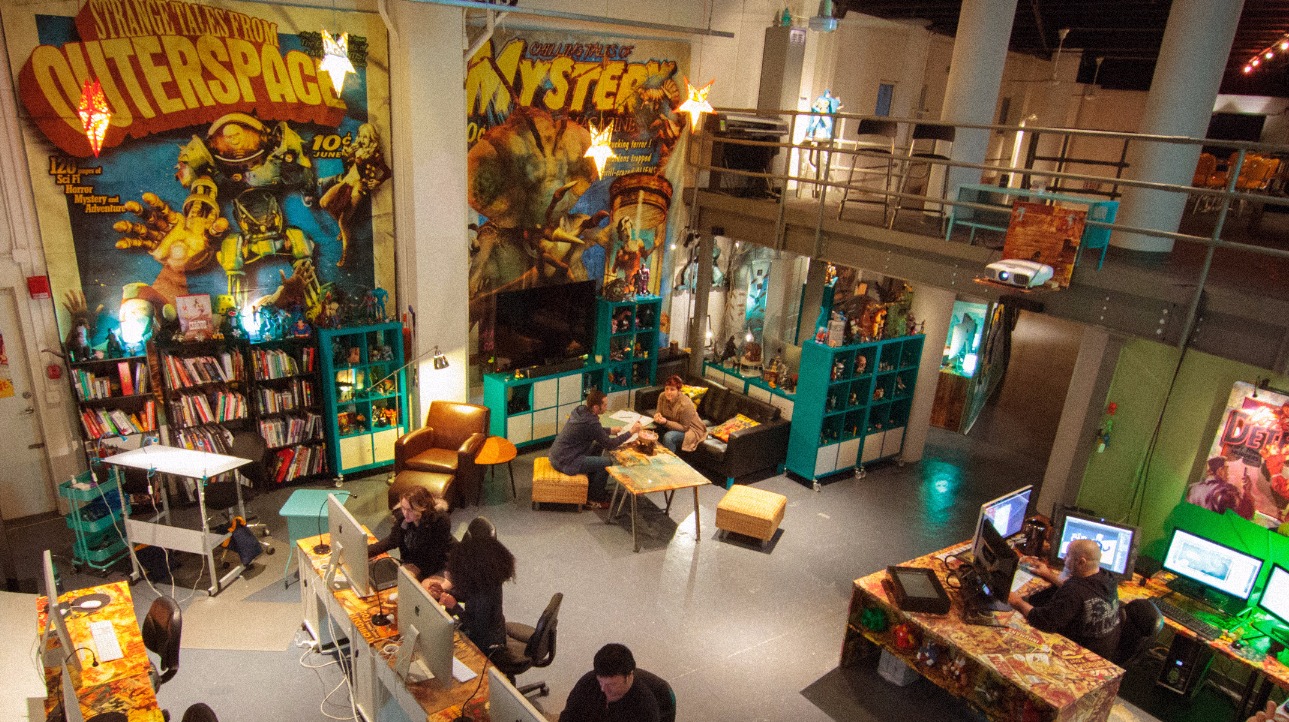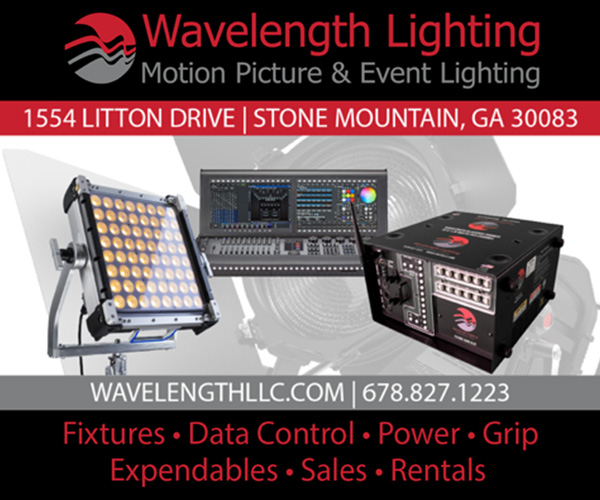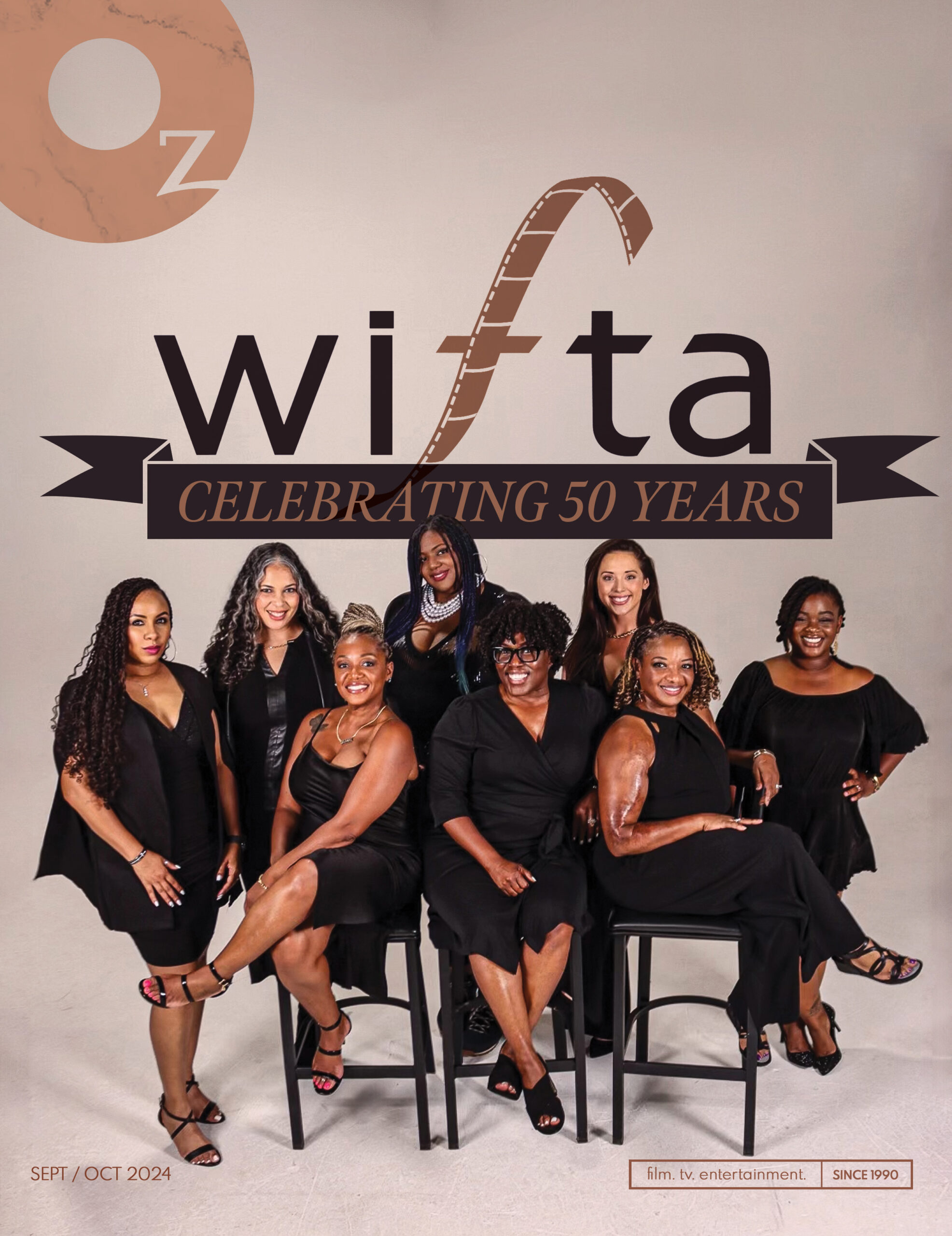Accessing the Alternate Realities of VR, AR, and 360

When our reality is not enough, we invent new ones. It’s the way of humans. We’ve imagined new worlds and scenes in art and literature and film, and as technology advanced we created immersive new realities to explore. “The goal of immersion isn’t new,” says Dov Jacobson from GamesThatWork, in his article 12 Steps Towards Immersion. “Renaissance painters achieved it by inventing perspective. Audiophiles pursue it by piling up speakers. Early movies, grainy, jumpy and silent, were stunningly immersive to their new audiences. People ran screaming from the theater when an oncoming locomotive was projected on the screen.” With the massive technological boosts of the 21st century, immersive alternate realities have taken a giant leap forward, allowing us to step out of our everyday reality into worlds and experiences specially crafted for our enjoyment. “We are like the dreamer who dreams and then lives in the dream,” as the story goes.
While the paths for immersion are ever-growing and boundless, they’re currently broken down into three major categories: 360 Video (360), Augmented Reality (AR), and Virtual Reality (VR). These three arenas often overlap with each other and with our everyday reality to form mixed-reality experiences for consumers and audiences. Separate or united, these three realms of alternate realities form the future of immersive content, and numerous Atlanta creators and companies are diving in to create content that gives viewers and clients a new perspective.
Going 360
Considered the kid brother of immersive content, 360 video is by far the most accessible of the immersive media to date, with users able to engage on headsets, mobile phones, or desktop/ laptop computers using point-and-drag navigation. 360 drops you in the center of the action, playing the scene out around you on all sides: you can’t move freely in the space, but you can pan and tilt and rotate to your heart’s content to take in the content around you. 360 video and photography became popularized most recently by Facebook, enabling users to spin around while holding their phones, taking in the content provided.




For some, it may seem like a flash in the pan, but for others the data says otherwise. “I don’t want to say any of that’s a gimmick,” says Spaceman Digital’s creative director Nathan Smith. “If you look at Google’s metrics, the interaction numbers on 360 video are through the roof compared to traditional video. Shares are up, too. They tested the same spot in 360 and traditional video at the same time; the play-through was lower on 360, but earned action metrics and shares were above traditional.” The key to this number boost is engagement. When the content prompts the user to interact, they’re more likely to stick around to explore. Interactivity breeds interest.
But it doesn’t come without hard work. “The process is six times as hard,” says Annie Eaton, co-founder and CEO at Futurus. “We have to capture up, down, left, right, front and back. Whereas, in traditional filming, the camera person is only filming front.” Futurus works in both 360 and VR to create marketing, training and testing experiences that immerse the subject in their surroundings, allowing for a deeper learning experience. “We have to produce the experience more like a stage show, where the audience is watching and can look all around them. It’s up to the producer and development team to pay attention to every detail and create an environment that reacts as good, if not better, than it does in real life.”





Jon Milavec of Mixed Bag Media can relate to the struggle. Making the changeover from traditional filmmaking to 360 filmmaking, he experienced the learning curve firsthand. “From a pure production standpoint, you can’t have all your gear and crew right by the camera,” he explains. “There’s an invisible wall, traditionally, that your stuff and crew can be behind. In 360, Nathan Smith you see everything. On our first big project there was a lot of choreography and blocking. ‘Where can the audio guy hide? What lights can we have? Where can people hide? Around corners?’ Lots of logistics for people and equipment.”
Learning the challenges of 360 posed for interesting solutions, however. “Some cameras literally see 360 degrees, some see 360 in horizontal and 240 in vertical, so there’s dead space at the bottom,” Milavec continues, describing his experience creating a video for Northside Hospital as part of their Celebrating Nurses Sponsorship with the Atlanta Journal-Constitution. “We used that dead space to our advantage. The camera was on a tripod, and we had our lighting director tied around the tripod






